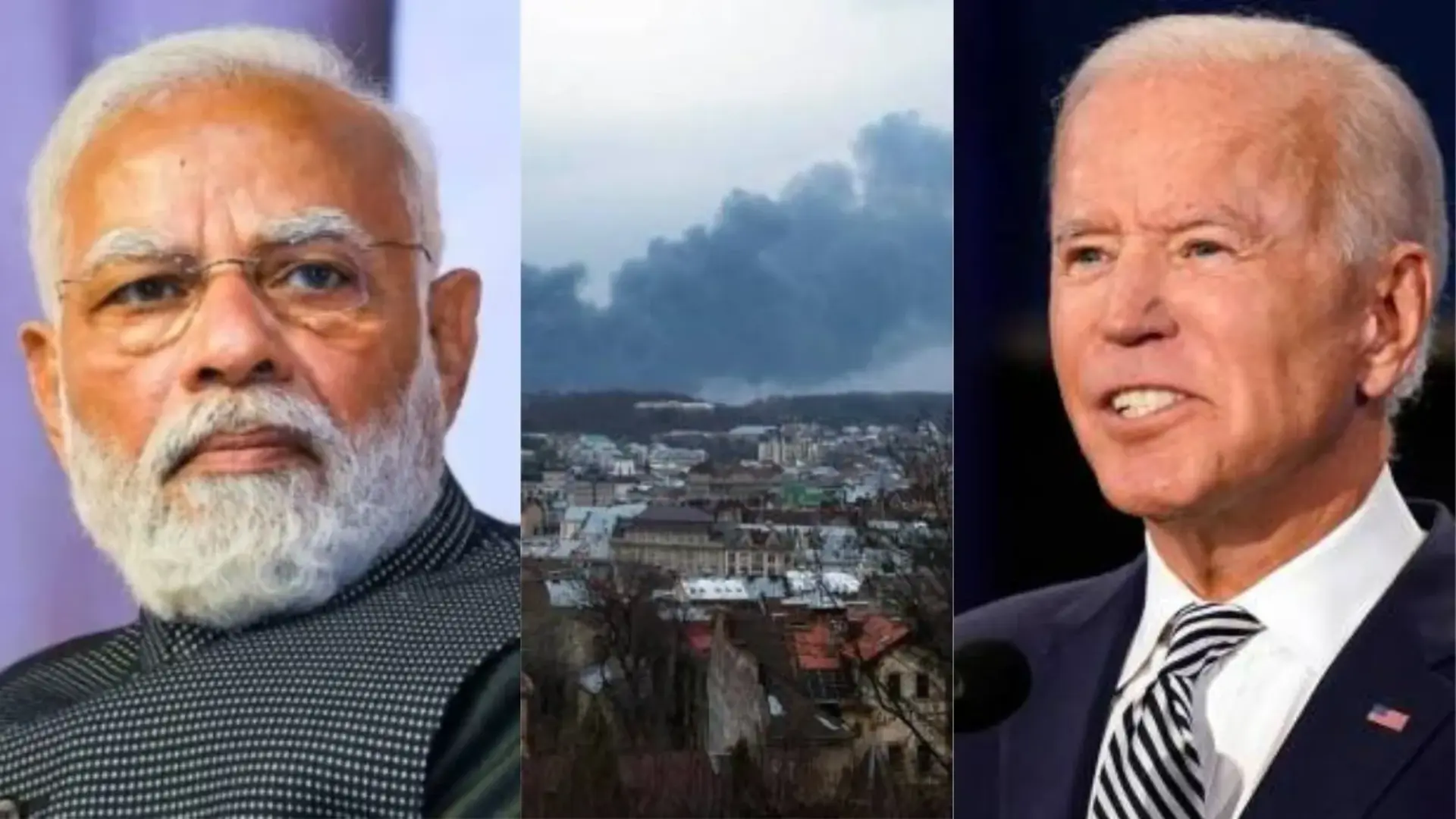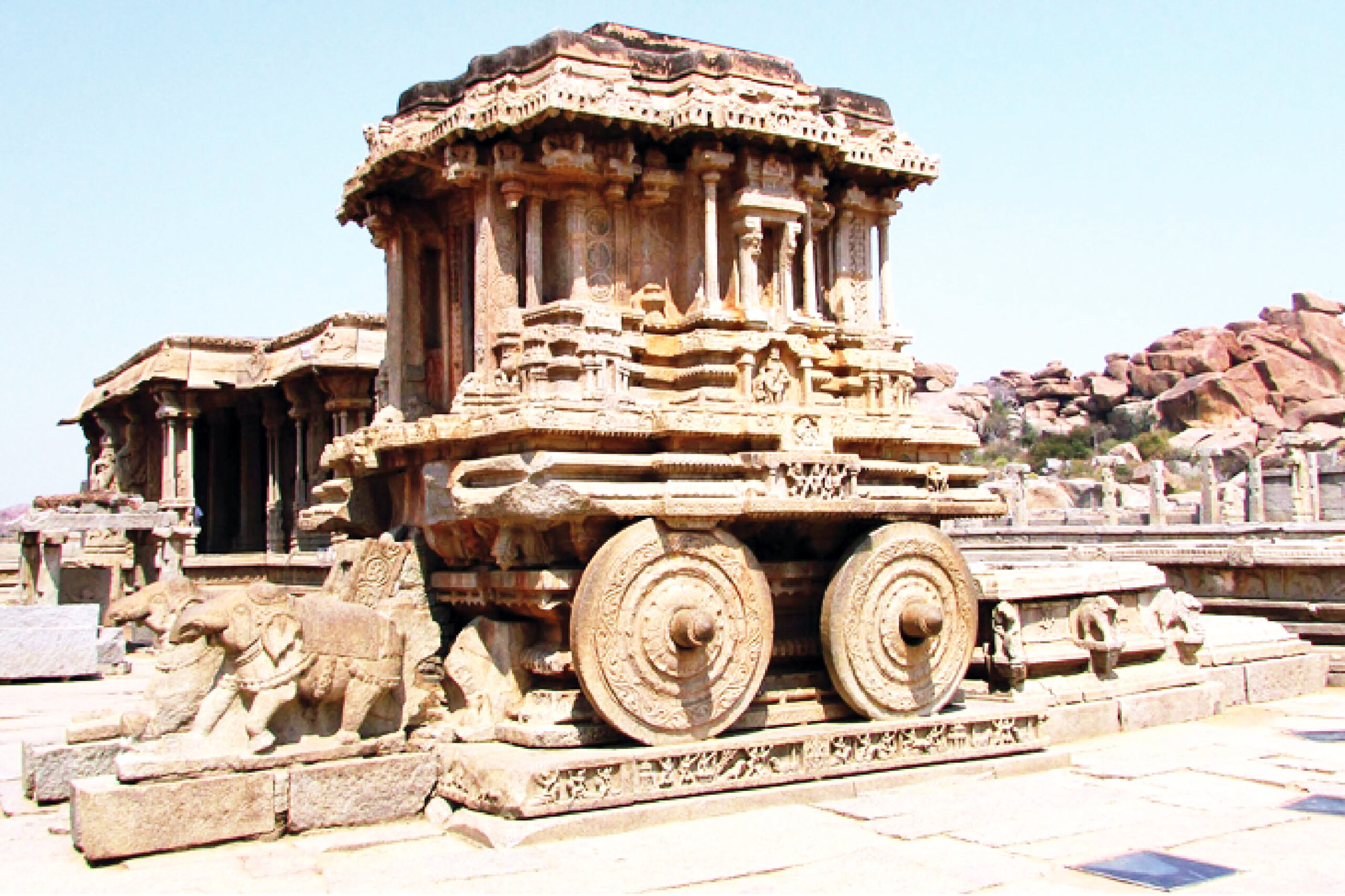
China is back to its “Wolf Warrior Diplomacy” and now, even when the tempers at the Line of Actual Control (LAC) are still running high in eastern Ladakh, it has raised a border dispute with Russia. Vladivostok, also known as Haishenwai, once a part of China’s Qing dynasty, was annexed by Russia in 1860 after the Dragon’s defeat in the Second Opium War at the hands of the British and the French. The Russian city recently celebrated its 160th foundation day, and amid all this the Chinese Embassy objected strongly to it on social media and claimed it to be a Chinese territory. Both countries share 4,209 km of boundary. They also fought a war in 1969. But, later the two countries resolved their boundary disputes. During the boundary discussion which continued till 2008, the issue of Vladivostok was never raised. So, why now, especially at a time when it has already opened several fronts against itself?
For many years, China has been following the imperialistic approach in different parts of the world through the “Salami Slicing Strategy”, which means small, stealth military operations against neighbouring countries which accumulate over time in a large territorial gain. China started this with Tibet in 1950. In 2017, it was Doklam — tri-junction of India, China and Bhutan.
There are four parts of China’s imperialist approach. It does not behave like a classical imperial power of the 17th and 18th centuries which conquered foreign lands by force and subjugated them for centuries. China, on the other hand, silently creeps into others’ land and remains there for a few days or months. The second step is the use of media propaganda — by highlighting that this territory belongs to China historically. The third step is to enamour the opposition through the so-called economic packages and benefits. Once the government of any country comes under the weight of its ineptness, it slowly turns into a vessel state. This is the Chinese version of imperialism. It spanned over South Asia, East Asia, Central Asia and African countries. A few European countries too are facing the brunt. Pakistan has completely succumbed to the Chinese pressure. Last year there were widespread agitations near the Gwadar port against Chinese presence, but the agitation was violently crushed. Nepal too has taken this suicidal path.
China has been in occupation of Tibet since 1951, with “a calculated and systematic strategy” aimed at the destruction of the latter’s national and cultural identities. In 1913, the 13th Dalai Lama — Tibet’s political and spiritual leader — issued a proclamation saying, “We are a small, religious, and independent nation”, reaffirming Tibet’s independence. The country had its own national flag, currency, stamps, passports and army, signed international treaties, and maintained diplomatic relations with neighbouring countries. Tibetan delegates participated in the 1947 conference as an independent country. Had Tibet remained independent, it would have been the 10th largest country in the world in terms of area.
Tibet was just the beginning of China’s imperialist lust. What the world is witnessing today — in eastern Ladakh or even in South China Sea — is just the tip of an iceberg. China’s imperialist designs have penetrated deep inside Africa and several Asian countries like Pakistan, Sri Lanka, Maldives, Myanmar, etc.
The current India-China face-off at the Galwan Valley, however, has proved that the Dragon’s imperial design has finally been challenged. Prime Minister Narendra Modi said that India gave a befitting reply to the Chinese transgression in Ladakh and the world saw Delhi’s commitment in safeguarding its borders. He further mentioned, “India honours the spirit of friendship and is also capable of giving an appropriate response to any adversary, without shying away.” The government followed this up by banning 59 Chinese apps, including the much popular TikTok, citing the security reasons. This has come as a major blow to China’s “Digital Silk Route” ambitions, eroding millions of dollars from valuation of its companies. This could also lead to more countries following India’s path in acting against these apps.
It is said that none of the imperial superpowers survives forever. But the unfortunate part about China is that it has been challenged before becoming a superpower. And it’s primarily because of China’s insatiable territorial hunger and greed. The world is gearing up to challenge the Chinese imperialist design which has become a threat for humanity. The US is reviewing its global deployment of forces to ensure it is postured appropriately to counter the People’s Liberation Army, given the increasing threat posed by China to Asian countries like India, Malaysia, Indonesia, and the Philippines. US Secretary of State Mike Pompeo said, “We’re going to make sure we’re postured appropriately to counter the PLA.”
China is aware of the fact that the India-America joint venture can dismantle the hegemonic power of China. By backstabbing India at the Galwan Valley, China has committed a blunder, especially at a time when global anti-China sentiments have reached their crescendo, thanks to China’s alleged role in Covid-19 and its assertive “Wolf Warrior” diplomacy. One hopes a better sense prevails among Xi Jinping’s men.















